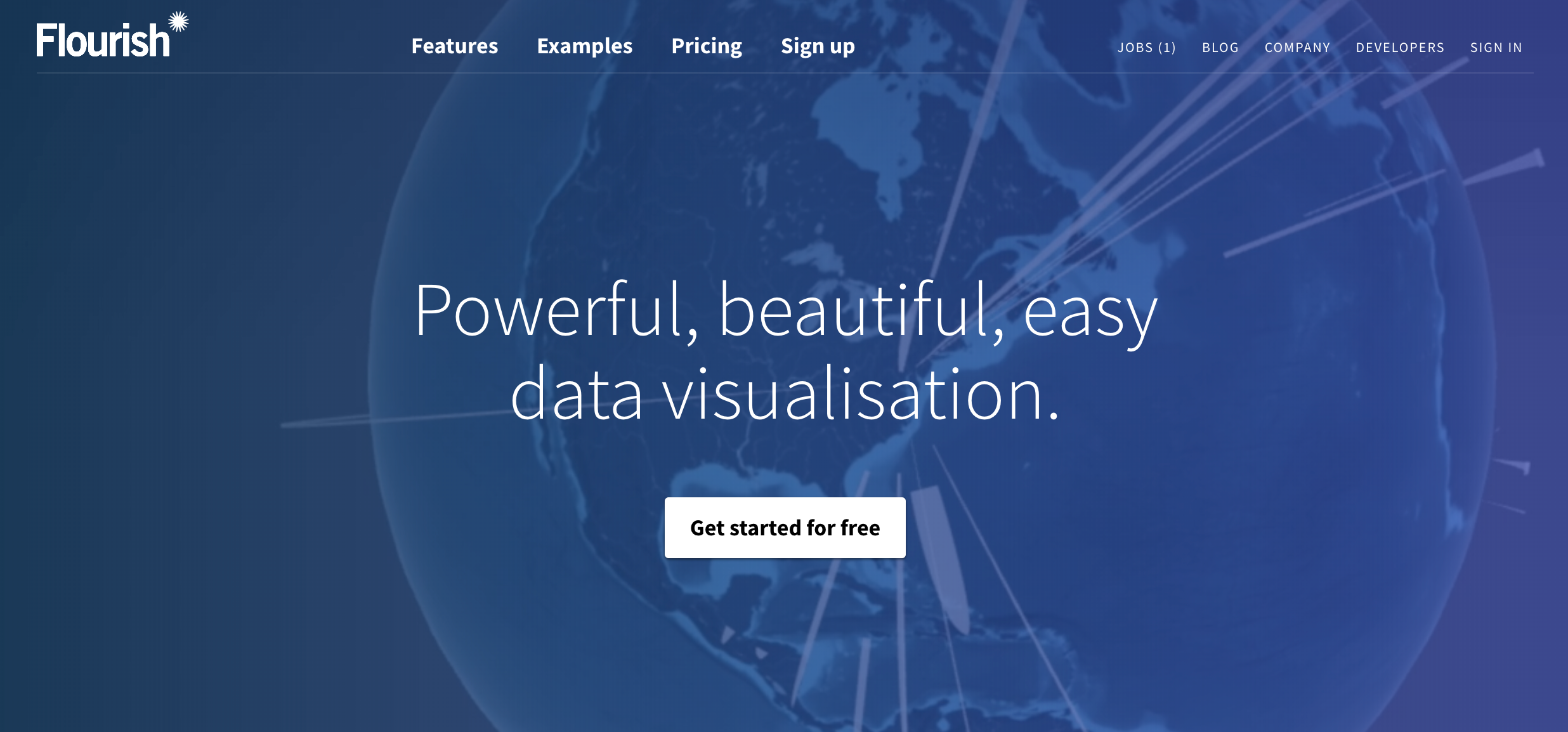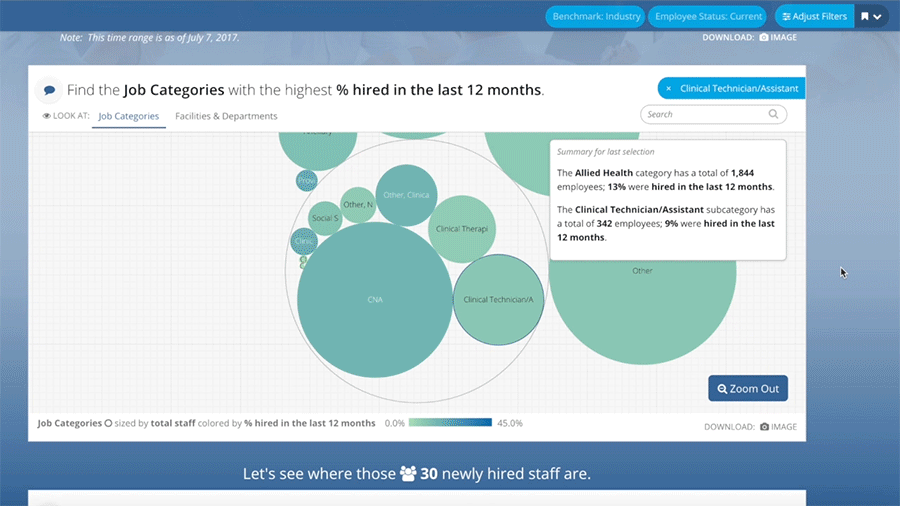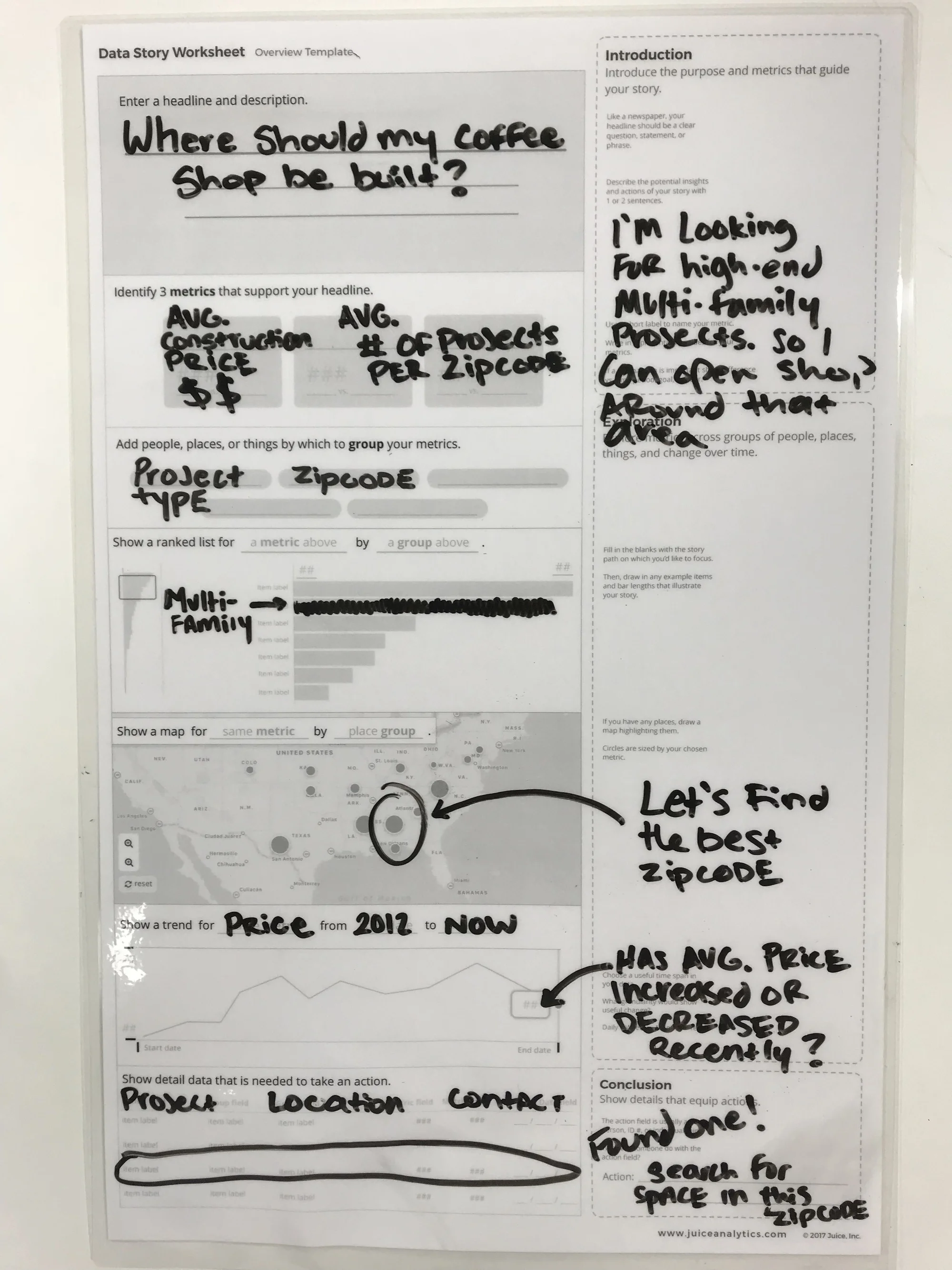It’s a predicament that we’ve seen many times over: your data is stuck. You’ve tried some reporting through some Excel pivot tables, or you’ve messed around with a Tableau trial, but felt like there wasn’t enough engaging content to get your users excited. Rationalizing why you can’t get your data to be impactful for your business, you think things like, “maybe my users are talking about the data but I just don’t know about it” or “maybe the data isn’t structured in a way that allows for valuable insights to be extracted from it."
If you’re sitting there thinking that your mind is being read by our artificial intelligence, you’re wrong. It's because at Juice we have seen this scenario played out too many times and we’ve made it our mission to make these issues a thing of the past. What you need to do is give your data a jumpstart.
Here’s our suggested plan of action for getting your data unstuck and giving it the jumpstart it needs:
1. Get your data into a readable structure.
- The first row of your data should always represent the column’s title
Columns should contain the same type of values, respectively
Each row should represent a case or a single instance within the data and should contain a date of when that data was collected. This means that two different rows in the data can represent the same entity with data collected for it at different points in time.
As a consequence of the rule above, the data should include a row identifier column that can be repeated to indicate that different rows of data are representing the same entities.
Make yourself a metadata sheet (also commonly known as “data definitions”) that you and other users of the data can refer to.
Here are some simple example data & metadata using the principles above.
2. Present your data in hierarchical manner catered to specific audiences.
Give your audience a call-to-action, let them know why the data is important and why they should care.
Begin with presenting high-level key metrics. Think about what the most important numbers are you to your intended audience(s).
Give your audience the option to select a few different categories in which to segment and parse-out those important numbers. Doing this will allow your audience to drill-down in the data to get from a high-level to a granular level.
Allow your audience to take the data they have drilled down to with them. This could be one row of data out of the thousands they started with at the high-level.
Here’s an example of this data presentation flow.
3. Engaging your audience in data discussions
This one is self-explanatory: talking about the data with others is the best way to squeeze the value from it.
Here’s an example of effective data discussions.
Sounds like a good plan of action, right? If you're still not sure what your next steps should be, we’re here to help.
We’ll work with you to get your data in a structure that makes it valuable, or even create data for you. We’ll build you a data story with that data that helps you and your users understand the data so that you can turn data insights into business actions. We’ll get your users engaged in data discussions and app design feedback so that you know they’re engaged with the data and you know how valuable they perceive the app to be. So drop us a line, we’re here to help.

















